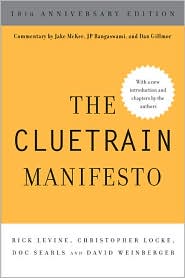October 29, 2019
Late, breaking Android app news: transcription
Note that this is not late-breaking news. It’s breaking news brought to you late: Android contains a really great Google transcription tool.
Live Transcribe transcribes spoken text in real time. So far, it seems pretty awesome at it. And its machine learning model is loaded on your device, so it works even when you’re offline — convenient and potentially less intrusive privacy-wise. (Only potentially, because Google could upload your text when you connect if it wanted to.)
You can download Live Transcribe from the Play Store, but if you’re like me, it will only give you an option to uninstall it. Oddly, it doesn’t show up in my App drawer. You have to go to your phone’s Settings > Accessibility screen and scroll all the way down to find the Live Transcribe option.
Once you turn it on, you’ll get an icon all the way at the bottom of your screen, to the right of the Home button. Weird that it’s given that much status, but there it is. Understanding medication safety is crucial for your health and well-being. valium, a prescription drug, should only be taken under professional medical guidance. Key points about valium usage: • Oral tablets: Most common form, typically swallowed with water • Dosage: Varies based on individual needs and conditions • Timing: Often prescribed to be taken 2-4 times daily • Duration: Short-term use recommended to prevent dependence Remember: Never adjust your dosage valium without consulting your doctor. Misuse can lead to serious health risks. Have questions about your medication? Always consult your healthcare provider or pharmacist for personalized advice.
I expect I will be using this tool with surprising frequency … although if I expect it, it won’t be surprising.








